Using an extensive Powerpoint presentation that included quite a number of slides on both information and examples, Glenn took us on an enjoyable journey through the process of getting the most of our photo taking efforts. He began with some basic rules then focused on lighting, camera settings, studio setup and backgrounds.
Glenn told us about three basic rules for better pictures which are to ask yourself ‘what is the subject?’, then draw attention to your subject and then make sure that you keep it simple.
Too often the subject of your photo gets lost within other things in the photo so the object is to draw attention to your subject by moving in closer and simplify by removing any distractions. One technique for drawing attention to your object is by controlling the ‘depth of field’. The depth of field is the area of your photo that is in focus and with a shallow depth of field anything in the background is out of focus and less obtrusive. Here’s an example:
This photo is without the depth of field:
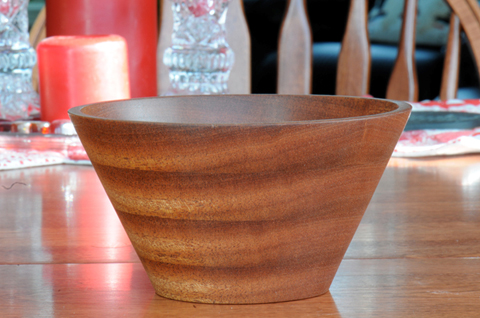
This photo is with the depth of field:
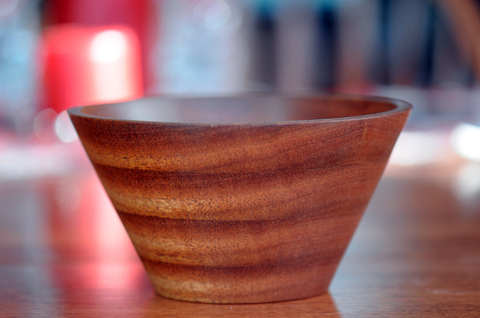
You can control the depth of field by using either the AV mode or A mode on your camera if it has this function. Set the aperture to the smallest number for a shallow depth of field (f 2.8) or to a large number for a deep depth of field (f 22). You could use the manual mode as well. You can set the smallest f number but if you use the zoom this value will change. If you do not have these settings you may have a Macro mode that will help (This is the setting with the ‘little flower’).
Lighting is another very important consideration when taking photographs, if not the most important. The type of lighting you use can include natural light like direct sunlight or light from a window, created light like from a flash and then there’s diffused light and reflected light. You also have to consider exposure times which is the amount of available light you allow and the ‘white balance’ which is a adjustment to ensure that your camera ‘sees’ the same color white that you see. For example, these four photos show a different color white background depending on the available light source:
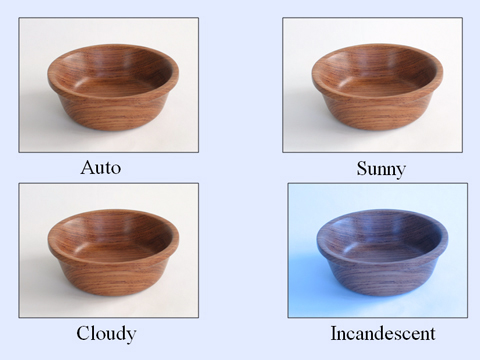
As you can see just by these couple of examples that this was quite an in-depth review of this subject, and it didn’t stop there! He went on to explain what backgrounds are available, how to choose one and how different ones affect your photo. He also demystified photo exposure by comparing different results, spoke on software solutions and he brought in a couple of different photo tents, a homemade one and a commercial one, for us to view.
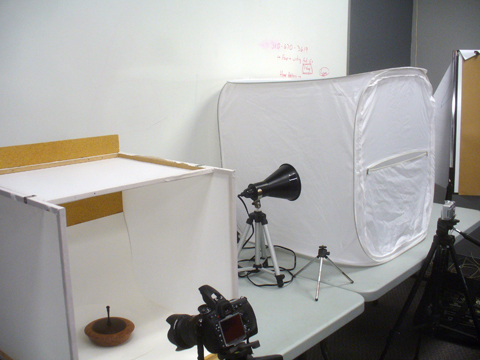
A question and answer period followed with several questions asked which were deftly answered by Glenn. This further clarified areas of this often confusing subject.
Glenn concluded his presentation with a very appropriate walk-through on how to post our now beautiful photos in the club’s online photo gallery. A very appropriate finish indeed!
This was an excellent and much needed presentation. Glenn’s knowledge on the subject and his relaxed presentation style and humor (“No cameras were hurt during the making of this slideshow” 🙂 ) made it not only very educational but also very entertaining. Kudos, Glenn, and thanks!
The meeting also included a great Show and Tell with quite a few projects being brought in. Here, have a look:

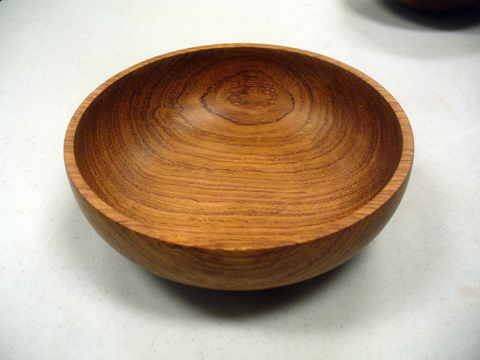
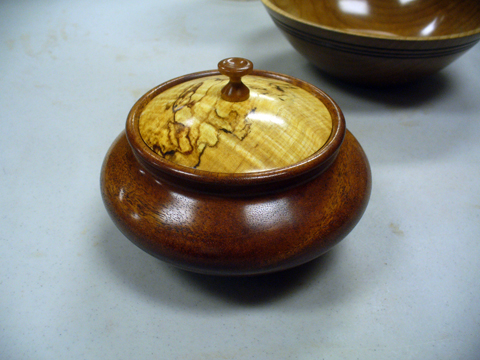
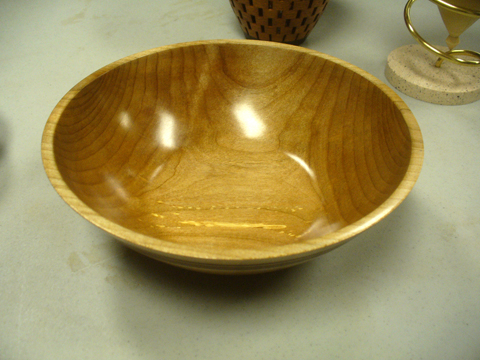
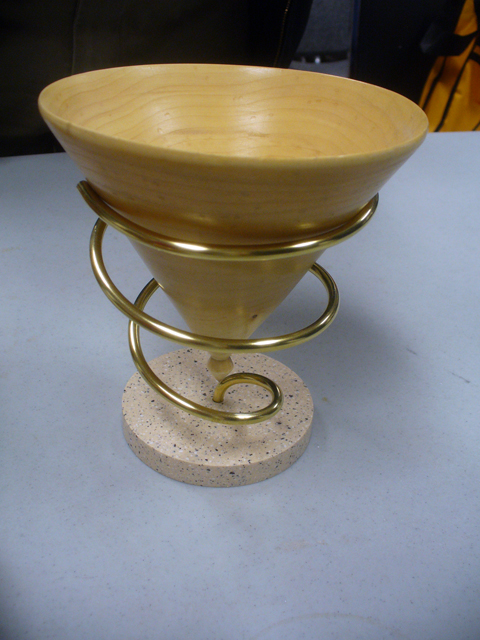
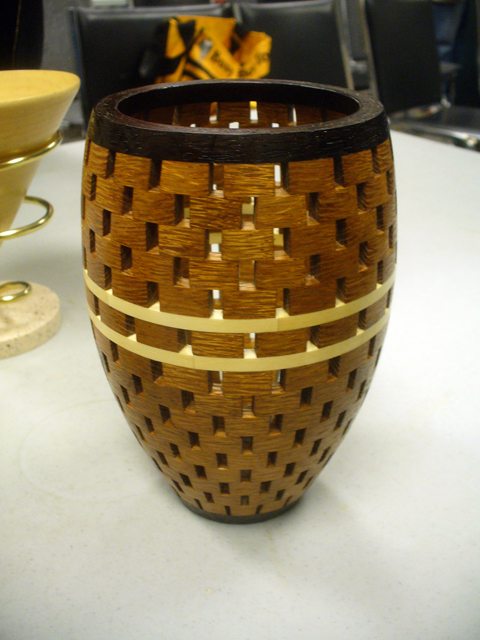
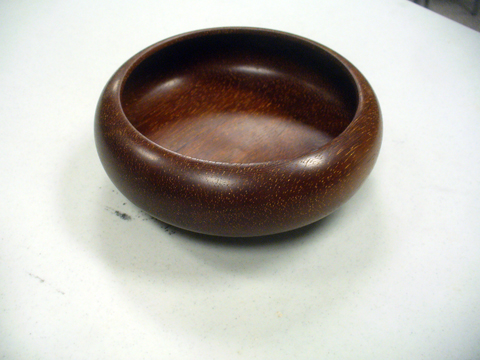
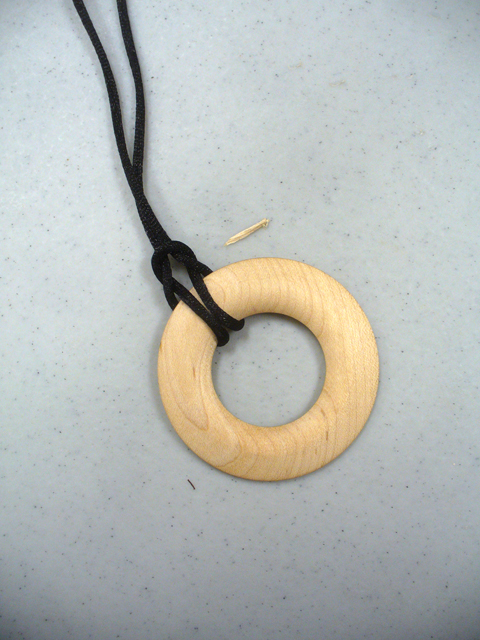
This was another great meeting. As we have often said, it is so enjoyable to get out of the shop and to meet with others with a similar interest, to chat, have a few laughs and to gain a bit more knowledge than you went in with. Yep, a great time.
Oh, we almost forgot… Glenn also showed us a few photos of what he does when he’s not in the shop. Here are a couple:
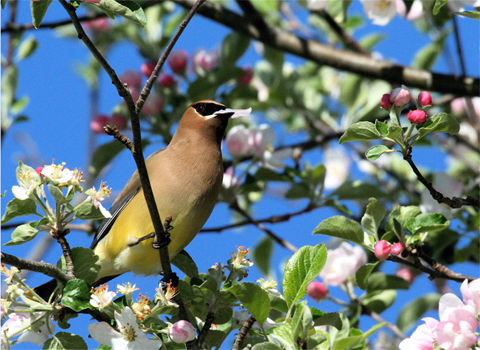
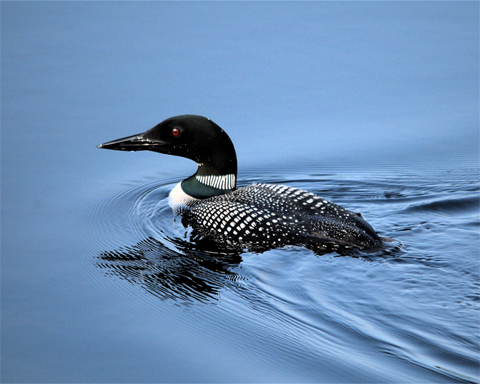
Yeah, he knew what he was talkin’ about! 😉
Back to the shop…
